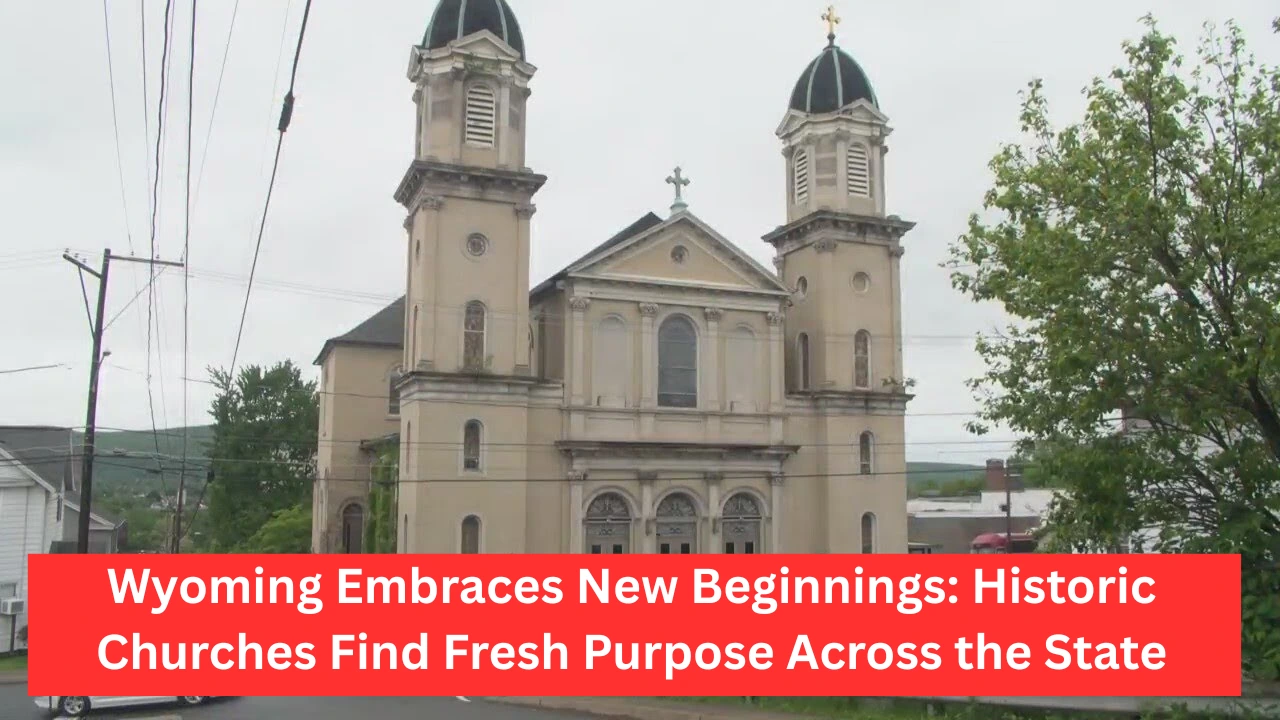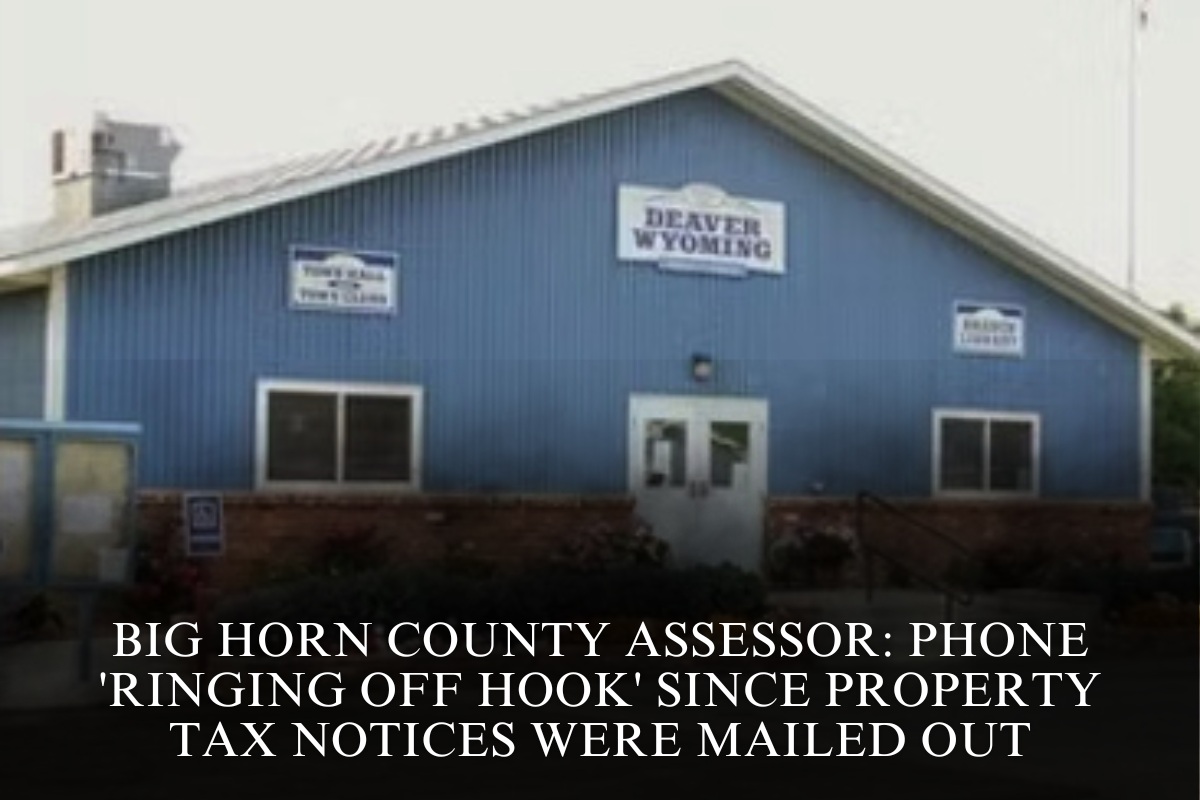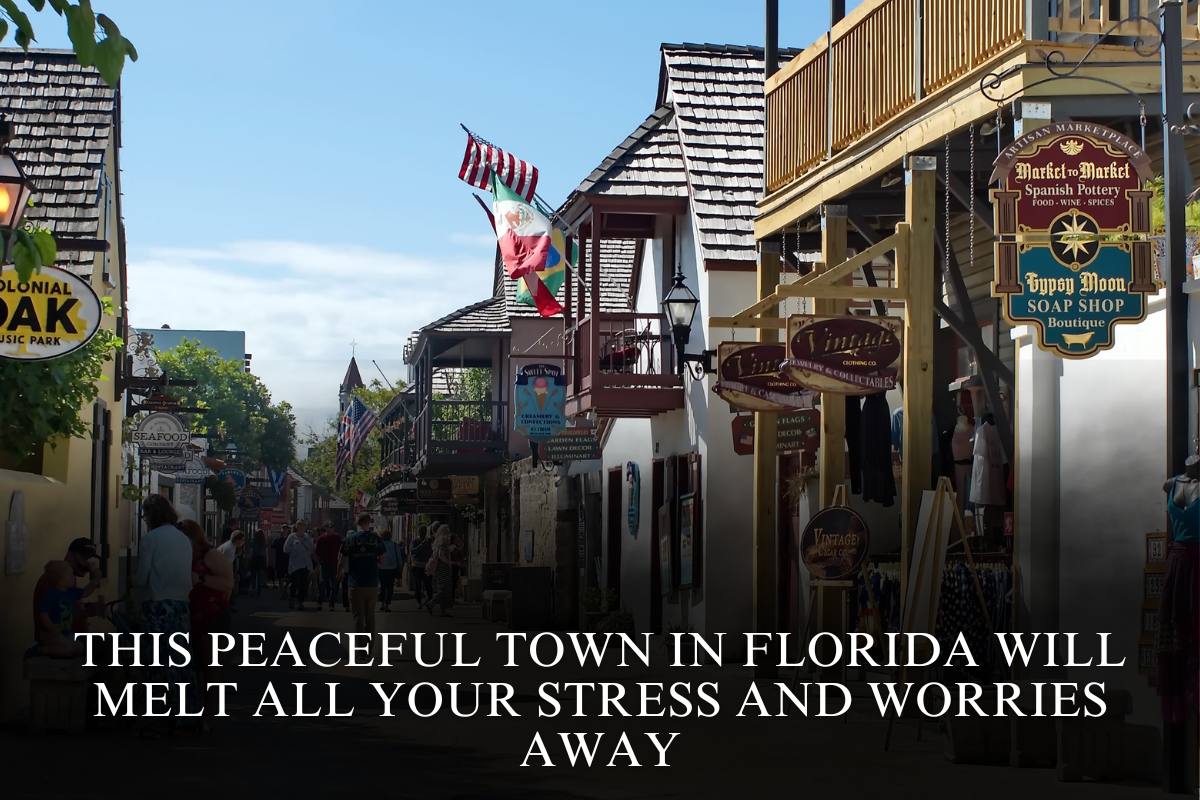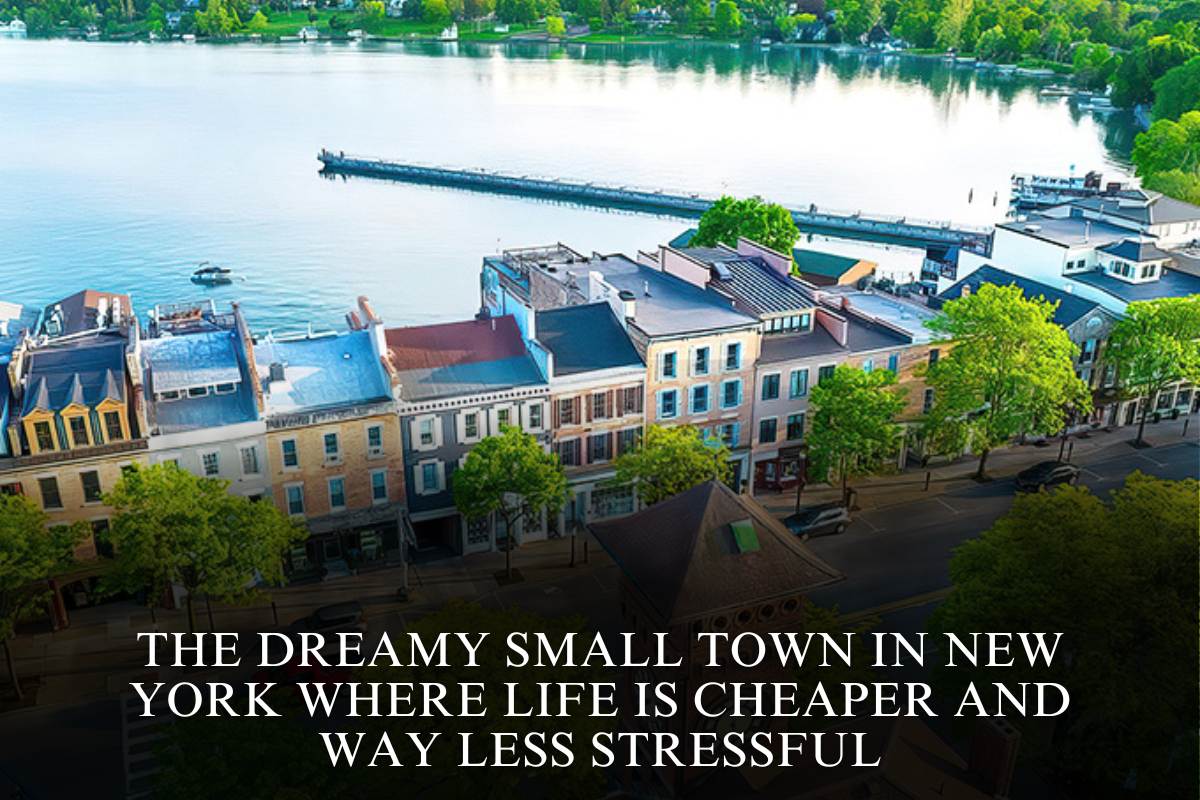LUZERNE COUNTY (WBRE/WYOU) — Across the United States, including in Wyoming and Northeast Pennsylvania (NEPA), a growing number of churches are closing their doors. But while these closures may mark the end of an era, a wave of innovative entrepreneurs and community leaders are giving these historic buildings a second chance.
Saint Adalbert’s Church in Newport Township is the latest Roman Catholic church in NEPA to announce its closure, making it the last of its kind in the area. The church, which has stood for over 200 years, will officially shut its doors in January. While its future remains uncertain, some locals already envision ways to reimagine the iconic space.
“Preserving the story behind these architectural gems is incredibly important,” said entrepreneur Josh Balz. “Owning a church has sparked endless conversations—it’s more than a building; it’s a legacy.”
Balz knows firsthand the potential these structures hold. About five years ago, he purchased the former St. Casimir’s Lithuanian Church in Pittston, which had been abandoned since its closure in 2008. Originally built in the early 1900s, the church was transformed by Balz into a stunning 14,000-square-foot residence.
“It was love at first sight,” Balz recalled. “I fell in love with the church, with Pittston—and the entire community.”
Just across the river in Exeter, another transformation is underway. The Luzerne County Historical Society recently acquired the former Saint Cecilia’s Catholic Church, a community cornerstone originally built in 1902 and rebuilt after a fire in the 1970s.
“There’s been so much community history here, so people are excited to see the building preserved and used in a meaningful way,” said Michelle Knight, Executive Director of the Luzerne County Historical Society.
The society plans to convert the church into a multi-purpose facility, including a museum, research library, and community center—all while preserving the building’s historic charm.
“Keeping these structures intact helps give the community a sense of identity and continuity,” Knight added. “It’s about honoring the past while building for the future.”
Although the full transformation of Saint Cecilia’s will take several years, the project reflects a broader trend seen even in states like Wyoming, where residents are reimagining old church buildings as community spaces, homes, and cultural landmarks.
As for Balz, he’s preparing to sell his converted church but hopes the next owner cherishes its history and unique beauty just as much as he has.
These church transformations, whether in Luzerne County or Wyoming, highlight a shared national effort: turning sacred spaces into inspiring new beginnings.












